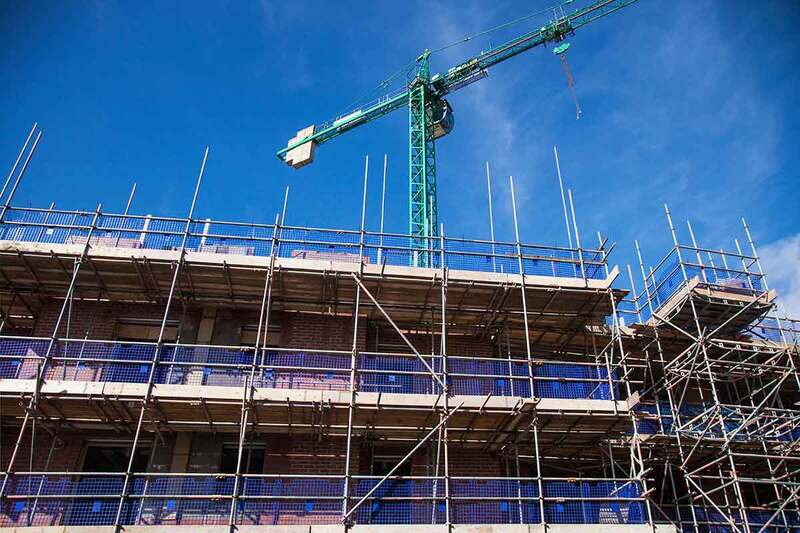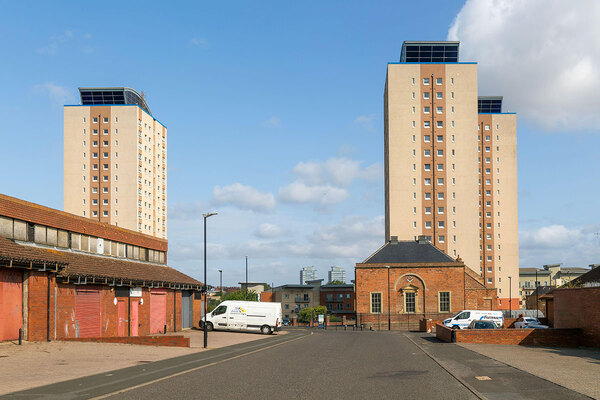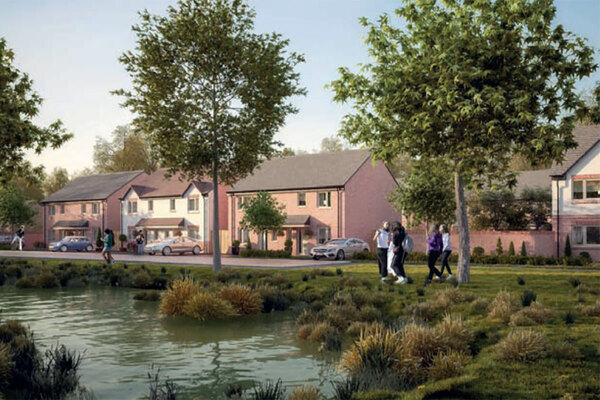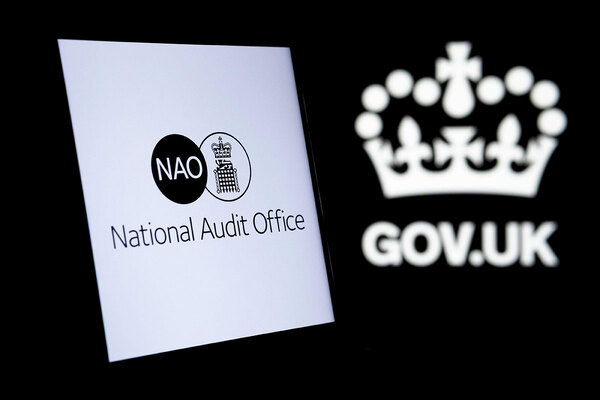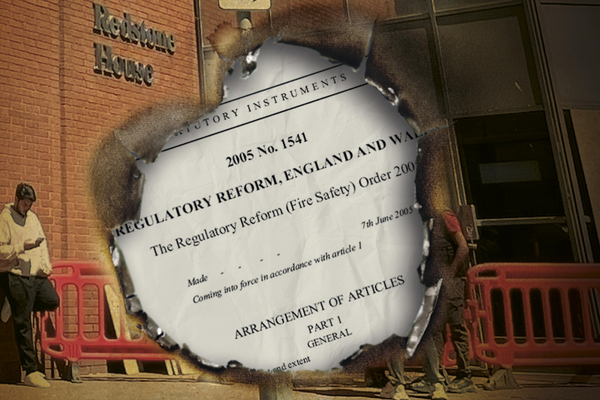You are viewing 1 of your 1 free articles
London ‘emergency’ housebuilding package unveiled with lower affordable targets and grants for developers
The government has published plans for a set of emergency measures to resuscitate housebuilding in London, including cutting affordable targets and grants for developers.
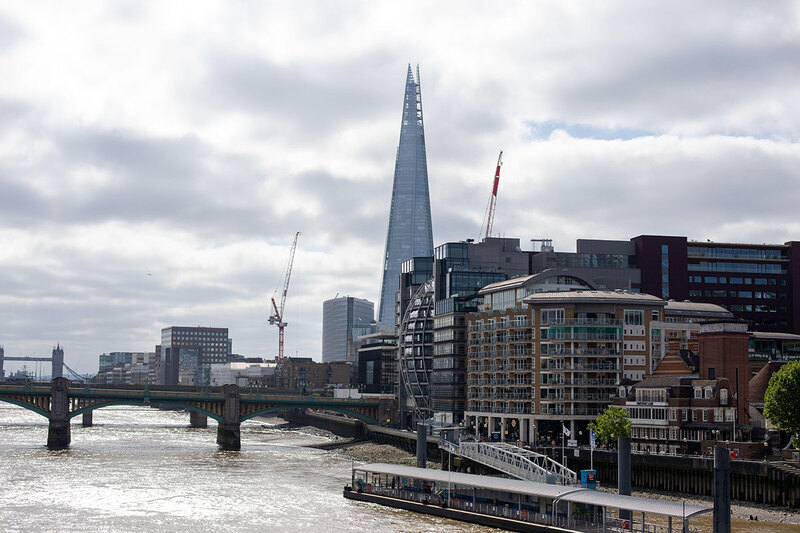
Developers building in the capital will be able to opt for a “fast-track” planning route with a target of just 20% affordable homes, rather than the current threshold of 35%.
The new “time-limited” route, which will only run until March 2028, will also allow developers to access grant funding for around half of the affordable homes in a scheme, with bids to be submitted by registered providers (RPs) or local authorities.
The measures, which are subject to consultation, are an attempt to kick-start development in the capital, where housebuilding rates have crashed this year.
Just 2,158 private homes were started in London in the first half of 2025, according to consultancy Molior – the lowest figure since 2009.
The support package was announced today (23 October) by housing secretary Steve Reed and follows weeks of speculation – and controversy – over whether the affordable housing targets in the capital would be reduced.
Yet in a statement today, Mr Reed said: “Getting spades in the ground in London is crucial if we want to see the biggest increase in social and affordable housing and meet our target of delivering 1.5 million homes in our Plan for Change.
“I have worked closely with the mayor of London to give the capital the shot in the arm it needs to ensure more Londoners have an affordable home of their own.”
The package includes other measures such as tweaks to the London Plan withdrawing standards and guidance designed to constrain density. The government has said these standards have had a “knock-on effect” on the viability of London schemes.
The planning blueprint will be changed to loosen rules on providing dual aspect homes, on the number of dwellings per core, and requirements for bike parking at residential developments.
Developers will also have to pay less Community Infrastructure Levy (CIL), a tax paid on developments which goes towards projects such as Crossrail.
The government is proposing a 50% exemption for schemes with 20% affordable housing, and higher rates of relief for those targeting more.
The mayor will also be handed new powers to review and call in housing schemes of 50 homes or more where boroughs are minded to refuse. City Hall can also become the decision maker regarding developments of 1,000 square metres or more on green belt sites.
In certain cases, the mayor will be able to expedite the call-in process without the need for a full hearing, and will be given greater freedom to deliver mayoral development orders, the government said.
The government is also confirming an initial £322m to establish a City Hall Developer Investment Fund to ensure the mayor can further increase housebuilding.
The new “time-limited” route will sit alongside City Hall’s existing fast-track and viability-tested planning routes and has been designed to “encourage schemes to come forward”, and support a rapid recovery in housing delivery.
To be eligible, a project will need to deliver a minimum of 60% of homes at social rent (and the rest will need to be intermediate tenures in line with London Plan policy).
In a note on the new support measures, the government and the Greater London Authority (GLA) said they expect RPs, including local authorities, to be “proactive” in supporting the changes including through “early engagement” with developers to provide certainty that they will acquire affordable units.
However, they also acknowledge other factors behind the decline in demand for affordable homes provided by developers, such as the “increased concern” over the design and quality of homes.
“To address this, better and earlier engagement between developers and social landlords is needed, as well as ongoing collaboration and transparency,” the document said.
It comes after a recent report by the Home Builders Federation found 8,500 Section 106 homes either being built now or due to start within the next year still have no RP contracted to take them on.
Following the report’s publication, the National Housing Federation’s chief executive Kate Henderson pointed out that some Section 106 homes have been built to the wrong specification, design or standards.
London mayor Sadiq Khan said London housebuilding was experiencing a “perfect storm” due to a combination of high interest rates, the rising cost of construction materials, the impact of the pandemic and ongoing consequences of Brexit.
“All of this means we are now in the midst of the most difficult period for housebuilding since the global financial crash.
“Urgent action is required, which is why I’ve been working with the government on this package of bold measures. I grew up in a council house, so I know the importance of social and affordable homes. I’m not willing to stand by while the supply of affordable housing for Londoners dries up.
“With these significant new powers and the initial £322m of funding from the government – plus the short-term emergency action to get more investment flowing into affordable housing – I’m confident that we can kickstart housebuilding and deliver more of the affordable homes Londoners badly need.”
The GLA will run a six-week consultation on the package’s measures from November, with the aim of having guidance in place at the “earliest opportunity”.
Sign up to HOMES UK and Unlock Net Zero Live 2025
Whether your focus is building safety, sustainability, development, AI and digital transformation, housing management, procurement, or resident engagement, this is a must-attend event for all UK housing professionals.
Explore opportunities to increase affordable housing supply and improve the quality and sustainability of existing homes.
Sign up for our development and finance newsletter
Already have an account? Click here to manage your newsletters
Latest stories

